fire insurance
Rose Roofing: Iran is one of the 10 most vulnerable countries in the world in terms of natural disasters, and unfortunately, fire is one of the most common incidents in our country. So that more than 50 fire incidents occur in the country every day. In addition to the painful loss of life, such incidents also cause a lot of financial damage to people. This issue has made the need for property insurance to compensate for these losses felt more than ever. In order to compensate for the financial losses caused by fire-related incidents, insurance companies offer a product called fire insurance.
What is fire insurance?
Fire insurance is one of the subsets of property insurance that covers the financial losses caused by fire to the property and movable and immovable assets of the insured. This insurance policy is also sold as earthquake and fire insurance.
Fire insurance generally insures the building itself and the goods and supplies in it against the risk of fire, explosion, and lightning. This insurance policy also includes compensation for fire prevention costs. Using fire insurance has many advantages, the most important of which are the following:
Compensation for general and ongoing damages caused to the insured building due to covered risks.
Payment of damages and costs of measures taken to prevent the spread and development of damage.
Free visits to the insured place are made by specialized experts and providing the necessary recommendations to prevent and reduce accidents and losses.
What damages does fire insurance cover?
Damages covered by fire insurance usually include two categories of main damage and additional damage. The main and basic damages of fire insurance are actually damages caused to the insured building or property due to incidents such as fire, explosion, and lightning. These damages are recorded in the insurance policy by default and are paid to the insured.
Fire insurance normally covers only financial damages caused by accidents without purchasing additional coverages. Therefore, in the fire insurance policy, financial damages are compensated, not life and physical damages, and as a result, if any injury occurs to people, the fire insurance does not cover it.
In order to complete the damages covered by the fire insurance, we can add additional types of coverage to our insurance policy. For example, to compensate for damages caused by risks such as floods, earthquakes, storms, land subsidence, power fluctuations, etc., it is necessary to purchase coverage for each of these risks separately. By adding earthquake coverage, in addition to compensation for damages caused by fire, lightning, and explosion, all damages caused by earthquakes will also be covered by fire insurance. The important thing about the main or additional coverage of fire insurance is that it only pays financial damages and has no obligation to compensate the insured or third parties.
Additional fire insurance coverage
As mentioned, fire and earthquake insurance has many additional coverages that help the insured building and property have more and more extensive insurance coverage. Of course, we have to buy secondary and additional fire insurance coverages separately and in addition to the main insurance policy. The main and most commonly used additional fire insurance coverages are:
Earthquake and volcano to compensate for damages caused to the insured building due to earthquake and volcano
Flooding and flooding of seas and rivers, including damages caused by floods, river flooding, breaking of dams, and sudden exit of surface water from the natural path.
Storm, tornado and hurricane
Burst of water pipe including bursting of tankers and piping and sewage of water supply devices of the insured building
broken glass
Theft with broken amulet includes opening the door with a fake key or any other means, the thief entering the insured place by threatening and using force. The thief’s entry into the insured place through the wall, roof or fence
Compensation for damages caused by rain water and melting snow. (If water has entered the insured building through the roof or clogged pipes, overflowing waterways and gutters.)
Liability for damage caused by fire and explosion to neighbors (third parties)
Falling of airplanes and helicopters or their parts.
Roof collapse due to heavy snow
Falling, sliding and subsidence of the land due to the effects of soil, continuous rainfall, changes in the level of underground water, tidal waves, etc.
The cost of cleaning and removing waste.
Industrial pressure vessel explosion.
Reimbursement of the cost of renting the insured temporary accommodation after the accident.
Mountain fall or avalanche.
Collision of foreign objects with the building, including all types of ground and rail vehicles.
When buying earthquake and fire insurance, it is better to add appropriate additional coverages to the insurance policy according to the location and size of the building as well as its type of use. Apart from the above, in fire insurance, we can also insure the property and equipment inside the building. Property covered by fire insurance must also be registered in the insurance policy. Of course, this property cannot be one of the following:
Muskokat (gold coins, collectible and antique coins)
Money
Securities (shares, bonds, partnership bonds, derivatives, etc.)
Works of art and manuscripts and history
Precious metals in any form
Unmounted jewels and pearls or precious stones
The cost of rebuilding the map
Gathering information and reorganizing business offices
Types of fire insurance
Usually, insurance companies issue a fire insurance policy based on the type and use of the building. Each of these insurances has its own conditions and coverages. In general, types of fire insurance for the building

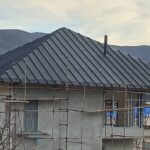
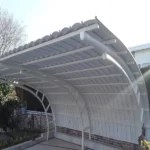

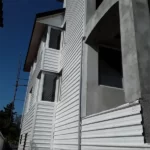
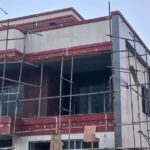


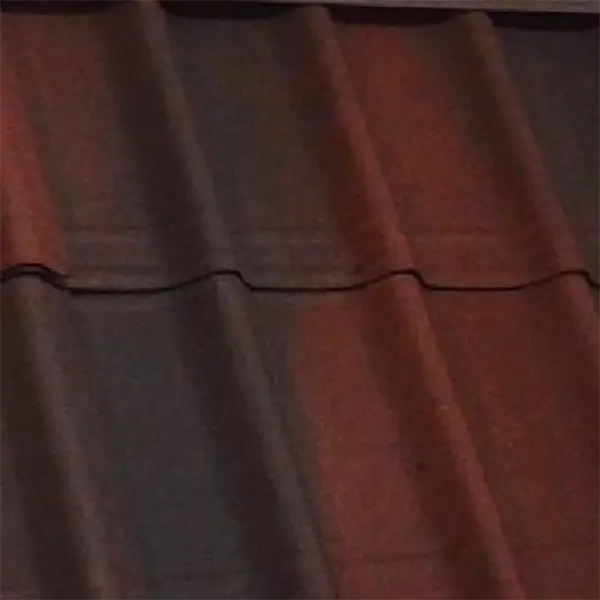
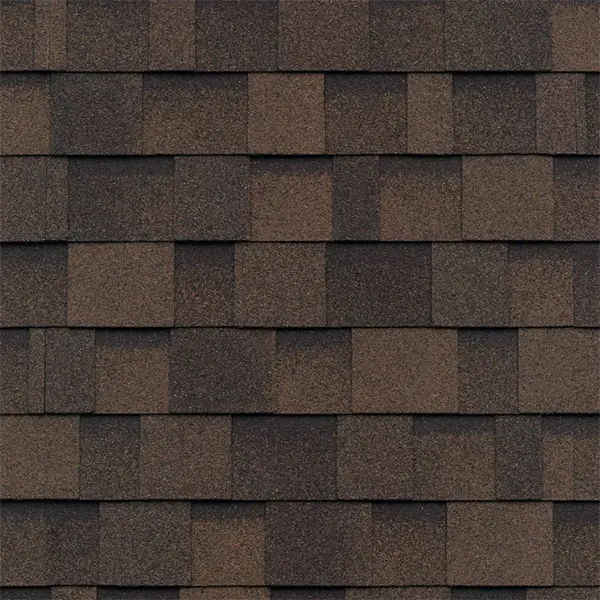



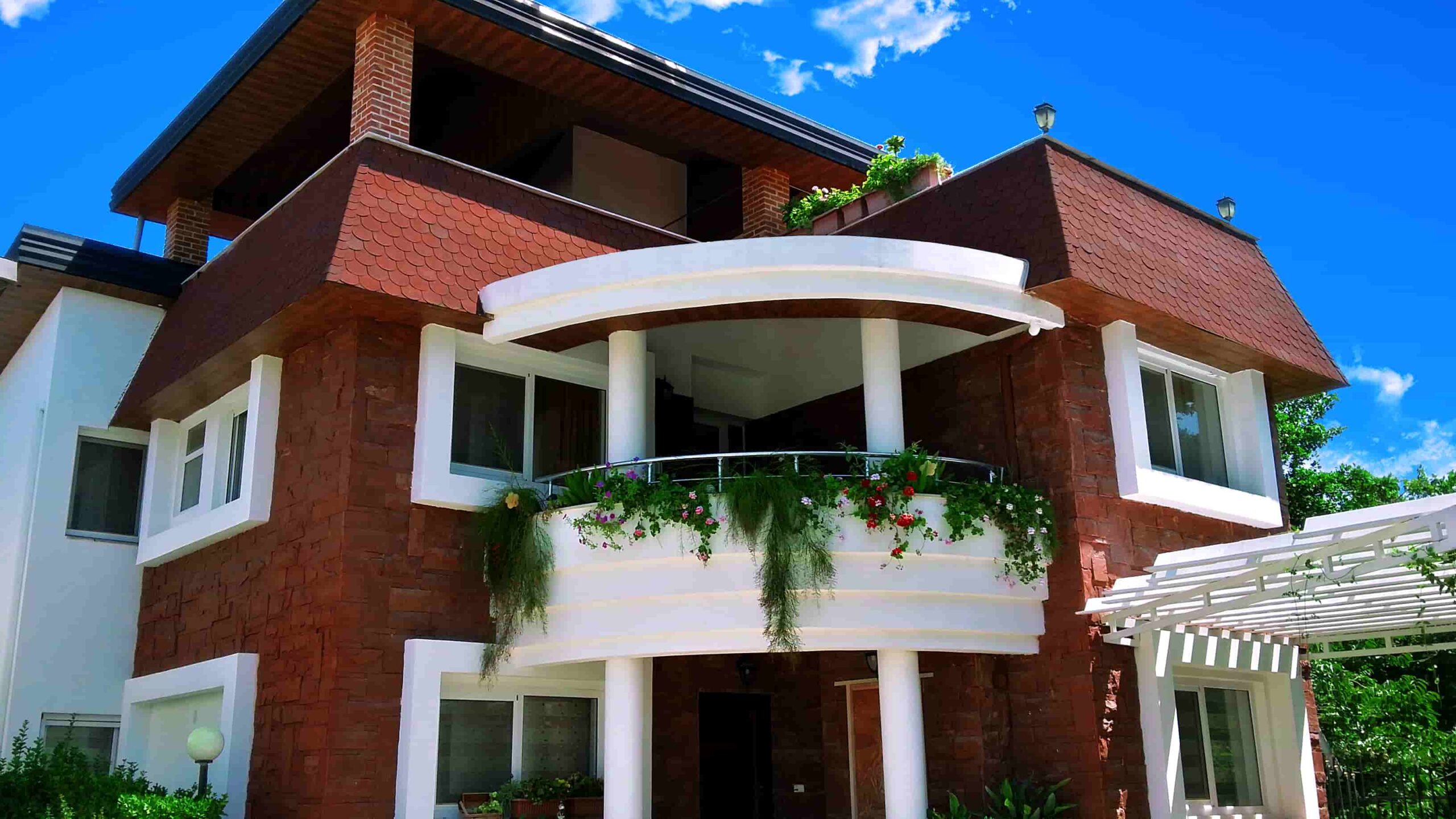
No comment